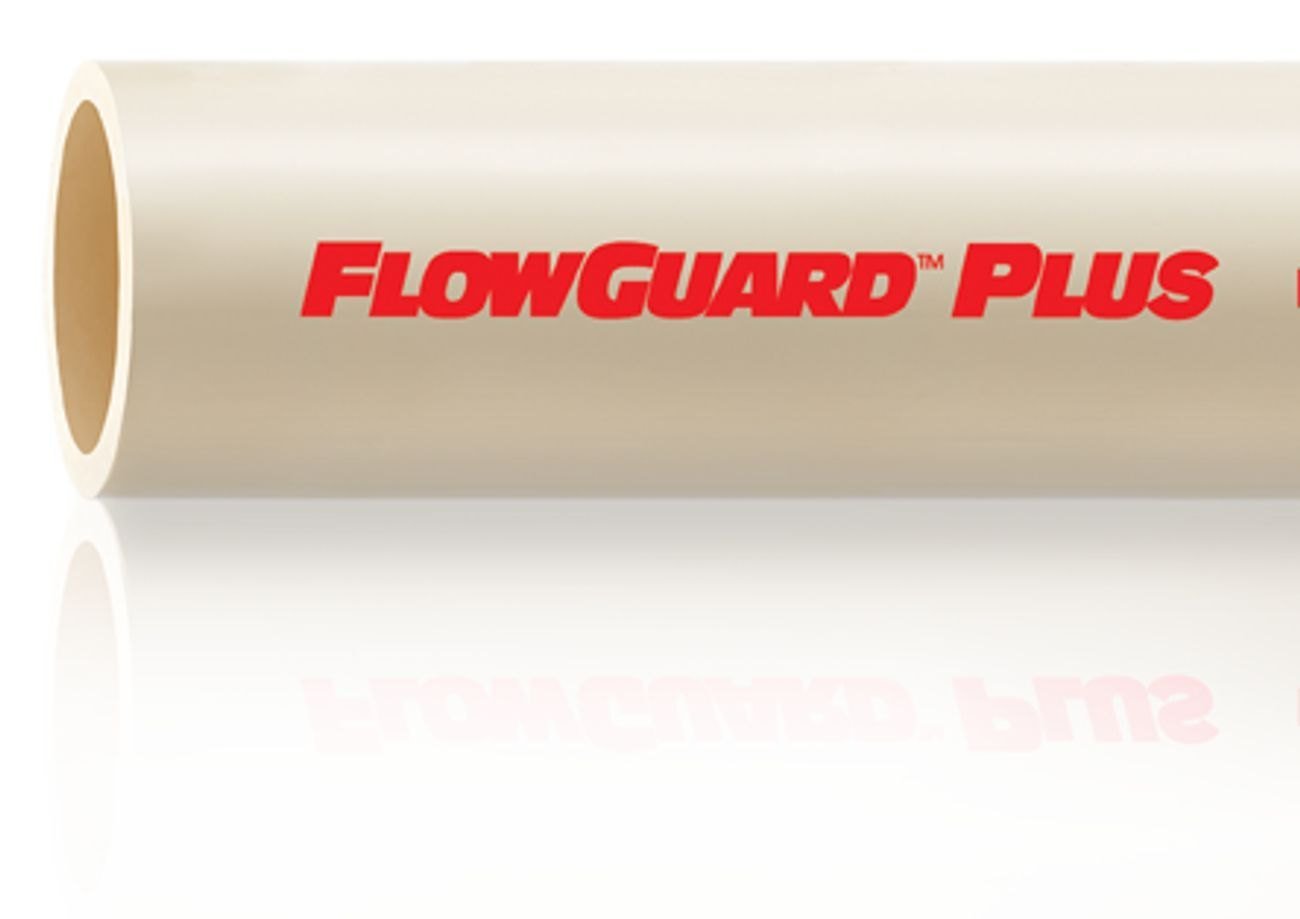
Essential Safety Factors for Handling CPVC Pipes and Fittings
When it comes to working with CPVC pipes and fittings, safety is an aspect that cannot be overlooked. Given their widespread use in residential, commercial, and industrial plumbing systems, understanding and adhering to safety protocols is crucial. This guide aims to shed light on the essential safety factors that need to be considered while handling CPVC materials. From the preparatory stage to the actual installation and emergency response, each step requires careful attention to ensure a safe working environment and the well-being of those involved. By focusing on these safety considerations, one can effectively mitigate risks and enhance the overall safety and efficiency of working with CPVC pipes and fittings.
Unlocking the Potential of CPVC: Definition, Properties, and Benefits
CPVC (Chlorinated Polyvinyl Chloride) pipes and fittings are known for their durability, corrosion resistance, and suitability for a wide range of temperatures. CPVC plumbing fittings are widely used in residential, commercial, and industrial plumbing systems. CPVC offers a reliable and cost-effective solution for water supply and sewage systems. Understanding the properties of CPVC is essential for ensuring safe and efficient use.
Safety Precautions Before You Begin
Before starting to work with CPVC pipes and fittings, it's critical to gear up with appropriate personal protective equipment (PPE). This includes safety glasses or goggles to protect your eyes from debris, protective gloves to handle solvents and sharp edges safely, respiratory protection in confined spaces, and protective clothing like long-sleeved shirts and closed-toe shoes.
Safety Measures During Installation
When installing CPVC pipes and fittings, proper lifting and handling techniques are key to prevent strain or injury. Utilise mechanical aids for heavy or large pipes, practice team lifting for longer pipes, and always lift with your legs, not your back, to distribute weight evenly.
Exploring CPVC's Fire Safety Features
While CPVC pipes are self-extinguishing and have a high ignition temperature, fire safety precautions are still important. Keep CPVC materials away from open flames and high heat sources. Store them in a cool, dry place away from potential ignition sources and ensure easy access to fire extinguishers.
CPVC's Chemical Safety
Working with CPVC fittings involves handling solvents and adhesives that can release harmful fumes. Ensure good airflow and use respiratory protection in poorly ventilated areas. Follow the manufacturer’s instructions carefully when applying solvent cement and allow adequate curing time before pressurising the system.
Emergency Response with CPVC Safety Plan
In any work environment, having an emergency response plan is crucial. This includes understanding the risks associated with CPVC pipe installation and being prepared to act quickly in case of an accident. Familiarise yourself with the location of fire extinguishers, first aid kits, and know the procedures for handling chemical spills or injuries.
Safety Protocols to Handle CPVC pipes and fittings
Working with CPVC pipes and fittings requires a comprehensive understanding of the material's properties, as well as strict adherence to safety protocols. By wearing the right protective gear, practising safe handling and installation techniques, and being prepared for emergencies, you can minimise the risks and ensure a safe working environment. Remember, safety is paramount in every aspect of handling CPVC pipes and fittings, from simple residential installations to large-scale industrial applications.
FAQs about CPVC Pipes and Fittings
- Are there any specific precautions to follow when storing CPVC materials long-term?
Yes, when storing CPVC materials for an extended period, there are several precautions to consider:
- Temperature Control: Store CPVC materials in a cool, dry place away from direct sunlight and extreme temperatures to prevent warping or degradation.
- Avoid Chemical Exposure: Keep CPVC away from chemicals, especially those that can cause a reaction or degradation.
- Proper Stacking: Stack CPVC pipes and fittings properly to prevent bending or damage. Avoid placing heavy items on top of the CPVC materials.
- Protection from Physical Damage: Ensure the storage area is safe from physical damage and the materials are not in a location where they can be knocked over or crushed.
- What personal protective equipment (PPE) is recommended for working with CPVC?
The recommended PPE for working with CPVC includes:
- Safety Glasses or Goggles: To protect your eyes from debris and splashes.
- Protective Gloves: To prevent contact with adhesives and solvents, and to protect from sharp edges.
- Respiratory Protection: Necessary in confined spaces or when working with solvents and adhesives to avoid inhaling fumes.
- Protective Clothing: Wear long-sleeved shirts, pants, and closed-toe shoes for overall protection against cuts, abrasions, or chemical contact.
- What should I do in case of a CPVC-related emergency or leak?
In the event of a CPVC-related emergency or leak:
- Turn Off Water Supply: Immediately shut off the main water supply to minimise damage and water wastage.
- Assess the Situation: Quickly assess the area for safety hazards, such as slippery floors or exposed electrical wiring.
- Ventilate Area: If the leak involves exposure to solvents or adhesives, ensure the area is well-ventilated.
- Contain the Leak: If possible, contain the leak by placing a bucket or towel to catch dripping water.
- Call a Professional: If the leak is severe or you are unsure of how to proceed, it’s advisable to call a plumbing professional.
- Safety First: Prioritise safety over quick fixes, especially when dealing with potential chemical exposure or complex leaks.

Prasenjit Misra
Prasenjit Misra, an accomplished professional, having extensive exposure in plumbing field, currently holds the position of Lead Demand Creation & Business Development of TempRite South Asia division at Lubrizol India.
